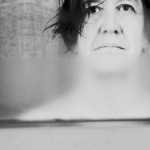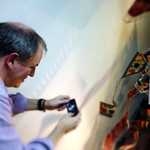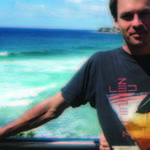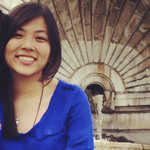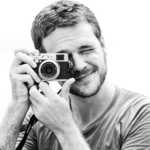At least 98% of most guidebooks, even the best ones, will guide you to buildings. Page after page of their listings of “must see” highlights are primarily lists of buildings and monuments. You know, churches, temples, mosques and shrines. The guides act as if you’ve come to see architecture. The rest of most guidebooks point you to eateries and restaurants. So from a guide’s perspective travel is either about buildings or food. Which is true for a lot of folks. But architecture and food is only part of what I’ve come to see.
I’m looking for people. People engaged in whatever they do locally. The problem with people is that they don’t stand still like buildings do. They are not dependably in the same place year after year. They are not always doing interesting things if they are there. You can’t put them in a guidebook.
But if you can find people doing different things — or doing things differently from the way they do them at your home, it’s much more rewarding than a static building. It’s usually worth your while to find where people congregate, but these spots are not so easy to find. I spend a lot of time scouring guidebooks for passing references to people happenings, gatherings, intersections and meeting opportunities. Here are several ways that help me meet people in their local mode:
Markets — Fairly stationary, but they are often on an irregular schedule — time of day, time of week, time of year. You have to ask around, and adjust your own timing. While the market place itself may occasionally be interesting, markets attract performers, colorful characters, visitors from the countryside, and special events — which are all full of people interest. It’s the side show around markets that make them worthwhile.
Homestays — Accept an invitation to visit someone’s home, or even be bold and invite yourself. You can sometimes opt to lodge in someones home for pay. This brings you not only into one family’s home but into the entire neighborhood. You are now in the middle of a community’s daily routines.
Building rituals — At the right time of day (dawn, dusk, noon) all those buildings with religious backgrounds — even the museum like ones — may host daily rituals. These are often performed before or after tourists show up, but if you arrive at off hours, people will be involved in their ceremonies in a somewhat public way.
Workshops — Ask to see where something is made. Whether it is noodles, a shovel, a hat. You may get a behind the scenes tour, where people spend a lot of their time.
Festivals — Like markets, it’s the side shows that generate the people payoff. I spend a lot of effort trying to coordinate my travels with local festivals because during this time, local customs are made public. Shows, social gatherings, games, feasts, rituals, ceremonies, and family activities all piggyback, and are brought out, on top of a festival.
Finally, I offer a tip for finding an event full of people even if you didn’t know something was happening. Most human movement in a place is stochastic, random. But if I detect slightly more people moving in one direction over another, I follow them. I keep following the “gradient” of human movement until I land where it is pointed — say a birthday party, an outdoor dance, a parade. I don’t think I can even describe this subtle detection; in fact by now I do it unconsciously. While I am about, my feet intuitively follow this gradient of traffic, heading to the crowds. I can reliably hone in on even a small event from a mile away. My drift can even detect the preparations for something, which I can return to later. This heuristic has taken me to the most amazing discoveries of local people doing something very local, like the funeral in Leh, Ladakh, India, shown in the picture above. Held far out of town in a seeming empty field, I arrived there by following an almost imperceptible current that started in the town center. At the climax there were a thousand people, with musicians and monks, in a grand ceremony. There were vendors, spectators, families. These kind of human interactions, and not buildings, are why I travel.


